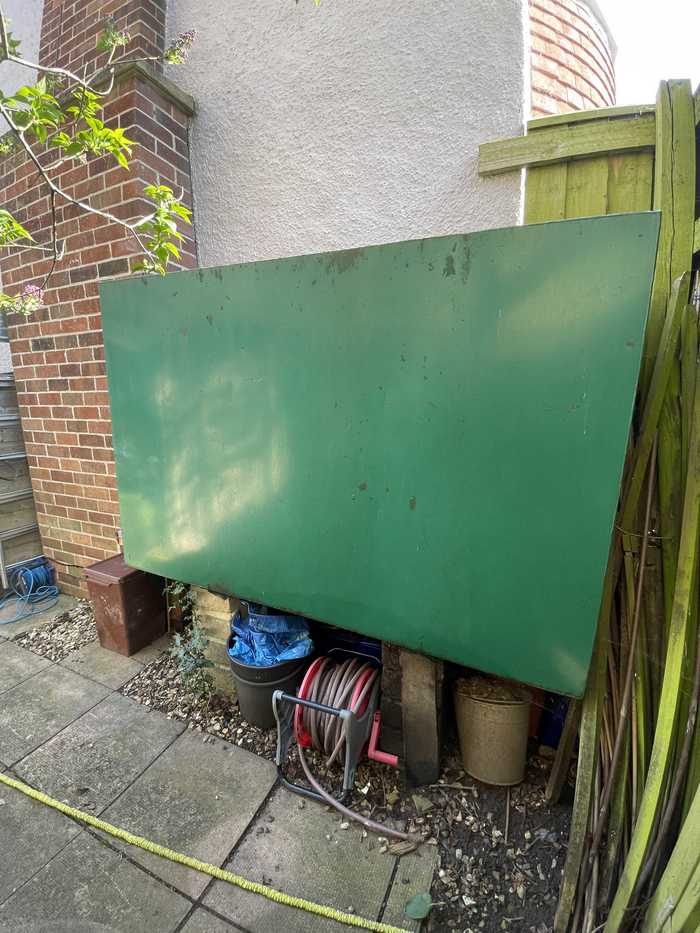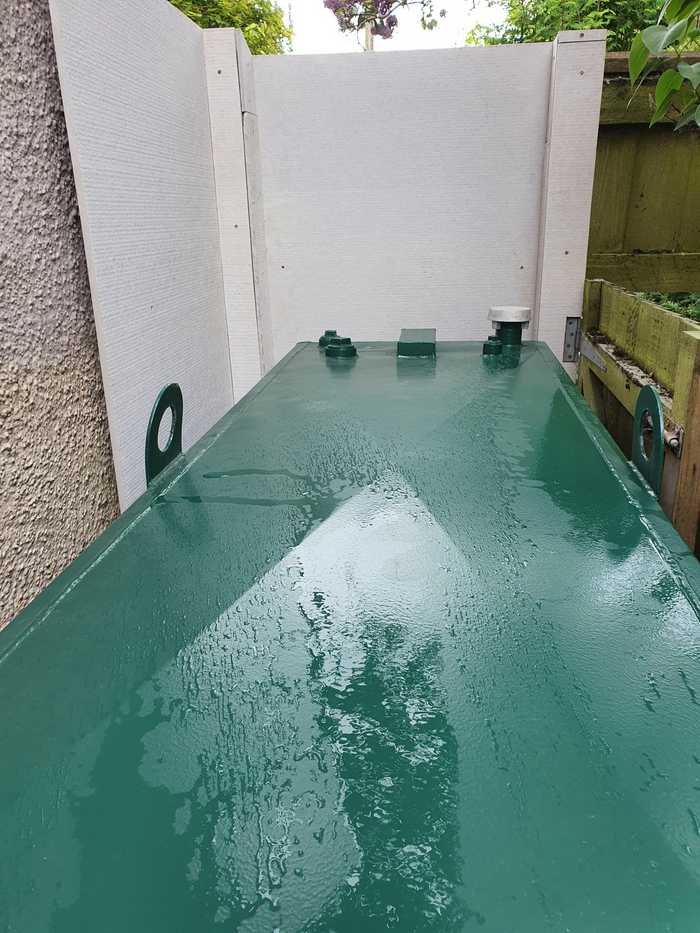There’s Water in My Oil Tank…What Do I Do?

It’s not always the most straightforward of tasks to see whether there’s water in your domestic oil tank. Because oil rises above water, simply peering through the open lid of your tank isn’t particularly revealing.
Issues will, however, begin to arise if the water in your oil tank goes undetected over a prolonged period. Not only will your heating system start experiencing problems; the cost of fixing those problems will mount up the longer it’s left. The best advice is to take preventative measures by properly maintaining your tank and checking it regularly for signs of water.
How does water get into your oil tank?
Despite the physical properties of a good-quality oil tank—one that’s designed to keep the elements out—it’s difficult to render them completely impervious to water. As a pervasive, naturally-occuring element within our atmosphere, there are never any guarantees. Water traces found in oil tanks are likely from one of two sources: either rainwater or condensation.
Rainwater
As outdoor oil tanks are more exposed to the elements, they are much more susceptible to water intrusion. If a lid or filler cap isn't fastened securely, for example, rainwater has a direct channel inside your tank. Above-ground tanks that are installed on a base near the house and gutter system can also present issues.
Meanwhile, even if your tank installation is planned carefully, positioned in an area that limits exposure to rainwater, the condition of your tank could be at the root of your problems. Age, lack of maintenance, and general wear and tear can cause your tank’s seals to become compromised. If that’s the case, it’s time to replace your oil tank.
Condensation
The issue of condensation will occur if the vents on a partially-filled tank admit moist air. In simple terms, when the tank's interior temperature is cooler than the outside temperature, the moist air cools inside the tank.
Water vapour in the air then turns into water droplets which hang to the interior walls and settle at the bottom of the tank. A handful of droplets aren’t an issue, but condensation can accumulate substantially over a period of time.
How do I know if there’s water in my oil tank?
A water detection paste is a practical method of determining whether water has found its way into your tank. Simple to use, the paste changes colour when it comes into contact with water.
For best results, apply the paste on a stick and carefully slide it inside the tank until it meets the bottom. Leave for 30 seconds and then gently remove it from the oil tank. You’ll know immediately if there’s water present in your tank as the paste will have change colour.

How do I remove water from my oil tank?
If the detection paste reveals that water is present in your tank, you need to take measures to fix the issue immediately, to mitigate further complications down the line.
The type of tank you have installed will dictate the most effective way to remove the unwanted water, but in general, you should seek the advice and help of a professional. Likewise, if it’s obvious that damage has occurred to a seal or filler cap, you’ll want to contact an expert to replace the defective component.
How can I prevent water getting in my tank?
After taking the appropratie measures to tackle your current water issue, you should then look into taking action against a similar problem recurring. Here are just a few of the preventive steps you should consider:
Close the lid!
A simple step—but absolutely critical! Ensuring your lids and filler caps are securely fastened is a sure-fire way of keeping your tank’s openings closed off and the rainwater out.
Check your tank
Get into the habit of making regular visual checks on your tank. Look for evidence of oil leaks, aging, perforation, metal thinning, damage to your filler cap—anything that might indicate that water has seeped into your tank. As well as regular self-directed checks, you should also have your tank inspected once a year by an experienced technician, who’ll be able to spot right away if you have any water issues.
Replace Your Tank
Continuing water intrusion issues in your oil tank are a telltale sign that it’s time for a replacement. Indeed, if your tank is displaying signs of deterioration, either through water corrosion or simply age and use, it might be time to think about installing a new one. Generally, oil tanks will be serviceable for up to 15 to 20 years, potentially more frequently depending on the environmental conditions. If you’re approaching that time frame, and you’re experiencing ongoing problems, it’s time to give the experts a call.
Posted on June 29th 2022

